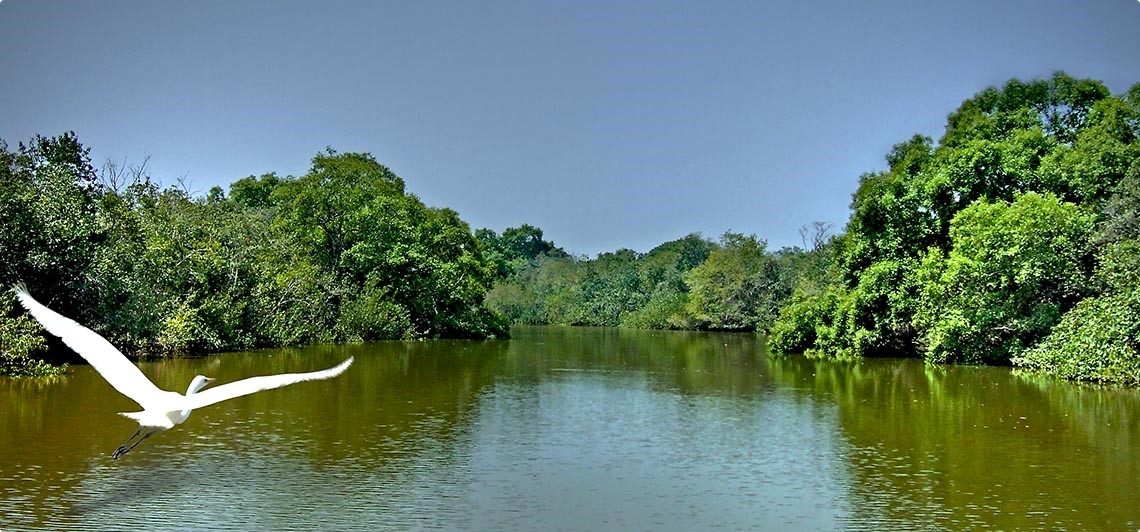Free Courses Sale ends Soon, Get It Now


Free Courses Sale ends Soon, Get It Now



Disclaimer: Copyright infringement not intended.
Context: The number of winged guests flocking to the Bhitarkanika National Park has increased marginally this year, the census report of birds released by the forest department in Odisha said.
Details:
About:
Types of Forests in Odisha:
Forests are largely controlled by rainfall and temperature conditions of the region. Forests cover nearly 37 percent of the total area of the state. The presence of a large tribal population practicing shifting cultivation on an extensive scale engenders direct loss of valuable forest cover.
Protected Areas in Odisha:
|
National Parks |
Biosphere Reserves |
Wetlands |
|
Bhitarkanika National Park |
Simlipal Biosphere Reserve |
Chilika Lagoon |
|
Bhitarkanika Mangroves |
||
|
Simlipal National Park |
Satkosia Gorge |
https://theprint.in/india/rise-in-seasonal-bird-count-in-bhitarkanika-national-park/1305703/
© 2024 iasgyan. All right reserved